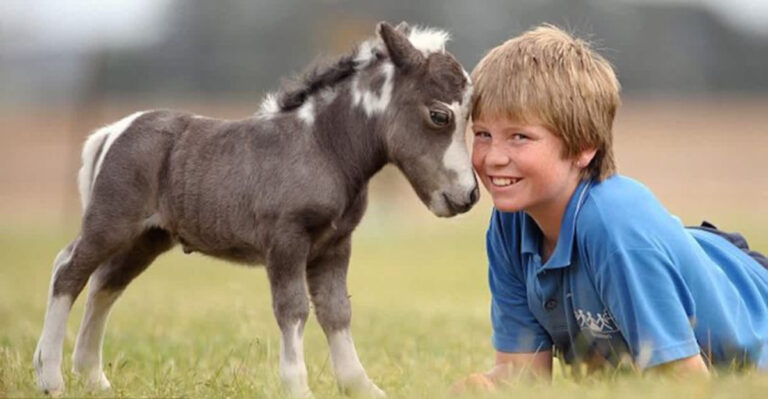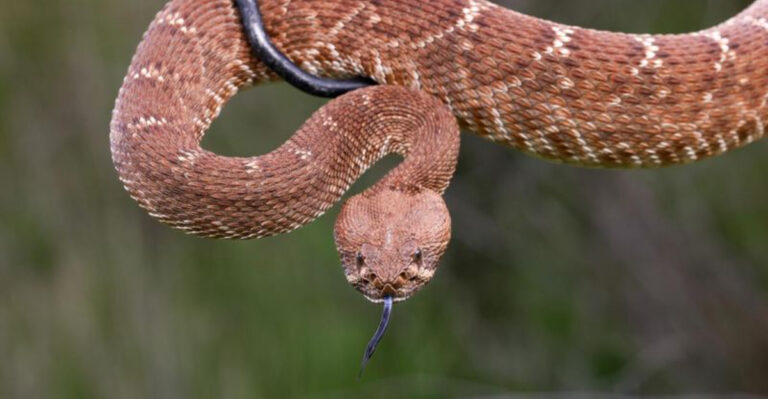The Birman Cat Survived Near Extinction
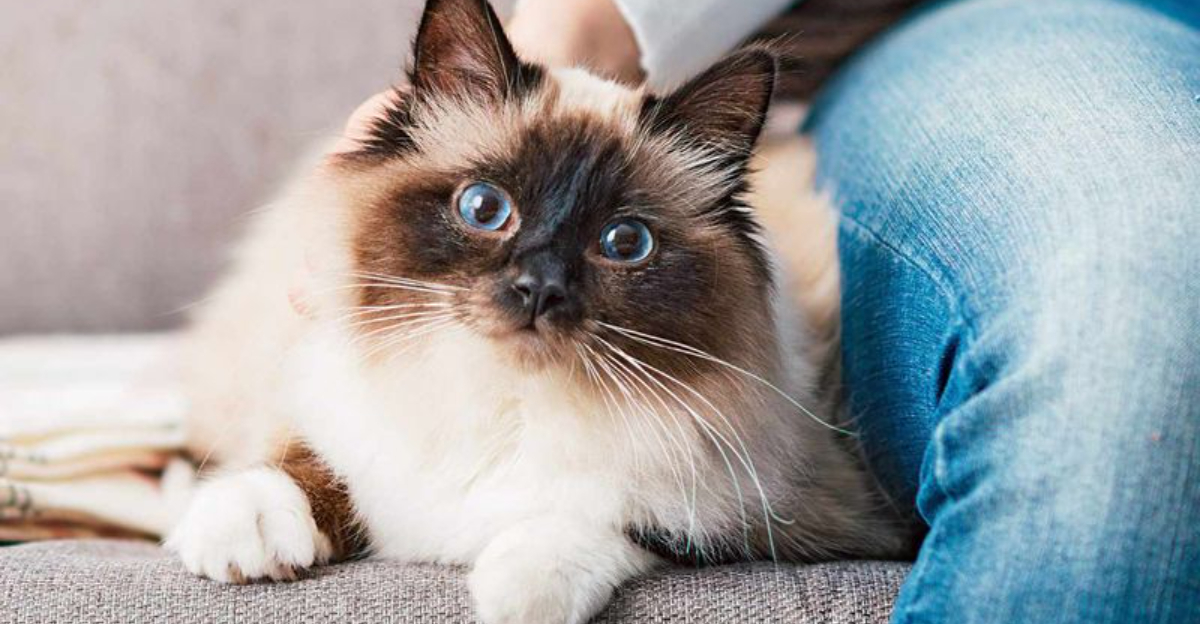
The Birman cat is a true survivor with a fascinating story of resilience. Once teetering on the edge of disappearance, this breed clawed its way back to prominence.
Known for its striking coat and gentle personality, the Birman has captured hearts worldwide.
Today, it thrives as one of the most beloved and distinctive cat breeds around.
1. Down To A Single Breeding Pair
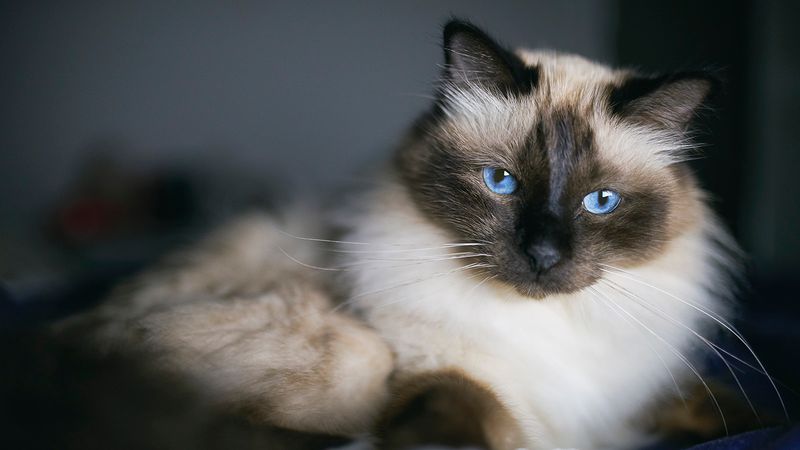
After a near-total decline, only one breeding pair of Birmans reportedly survived. From this solitary duo, dedicated breeders carefully rebuilt the entire breed we know today.
This genetic bottleneck makes the Birman’s comeback one of the most dramatic in domestic cat history. The breed’s resurgence is a testament to the determination and love of those who worked to preserve it.
2. Temple Guardians With A Sacred Mission

Legend whispers that Birmans originally served as sacred companions to temple priests in Burma (Myanmar). When raiders attacked, the cats protected their beloved priests with mystical powers.
Their white paws? Supposedly blessed by a blue-eyed goddess as reward for their loyalty!
3. Mysterious Journey To France

Nobody knows exactly how Birmans first arrived in Europe! The most popular tale claims two cats were smuggled to France around 1919 as a gift to a helpful Westerner.
Sadly, the male didn’t survive the journey, but the pregnant female did – becoming the European foundation mother.
4. Born Pure White, Colors Develop Later
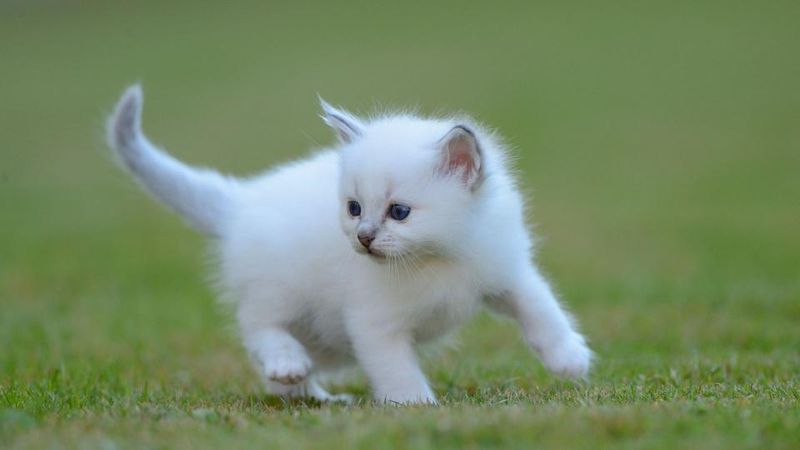
Surprise! Baby Birmans enter the world completely white, without their famous colored points. Their distinctive seal, blue, chocolate, or lilac markings develop gradually over weeks.
Temperature-sensitive genes control this color development, with cooler body areas darkening first.
5. Four White Paws Rule
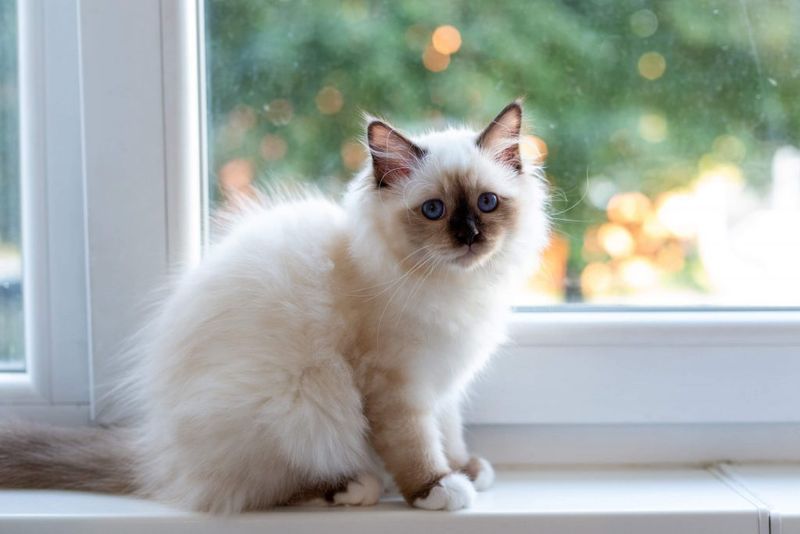
Those pristine white “gloves” aren’t just adorable – they’re mandatory! Show-quality Birmans must have four perfectly white paws, with longer white “gauntlets” extending up the back legs.
Breeders consider these markings the breed’s signature feature, distinguishing them from similar pointed breeds.
6. French Recognition Came First
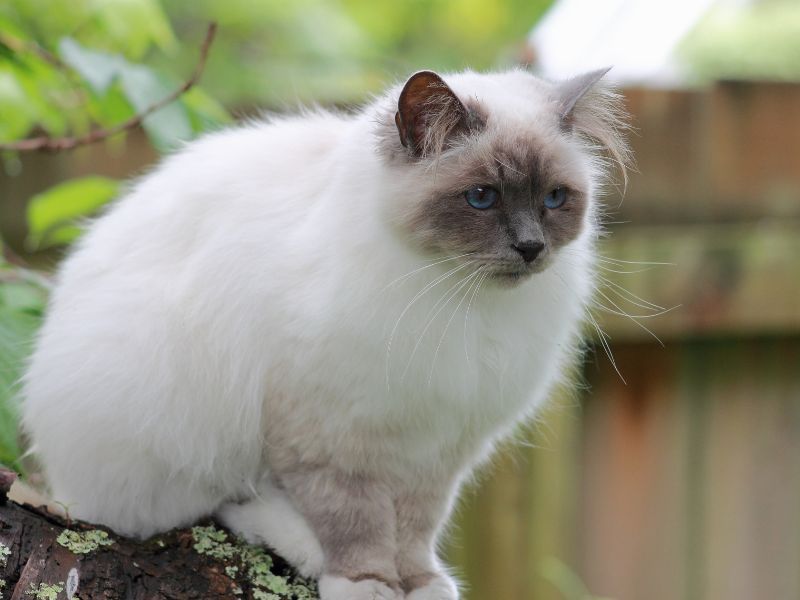
France fell head over heels for these enchanting felines! The Fédération Féline Française officially recognized Birmans in 1925, decades before other countries.
Their early champion, Marcel Baudoin, worked tirelessly to establish breeding standards and promote these rare beauties throughout Europe.
7. America’s Late Introduction
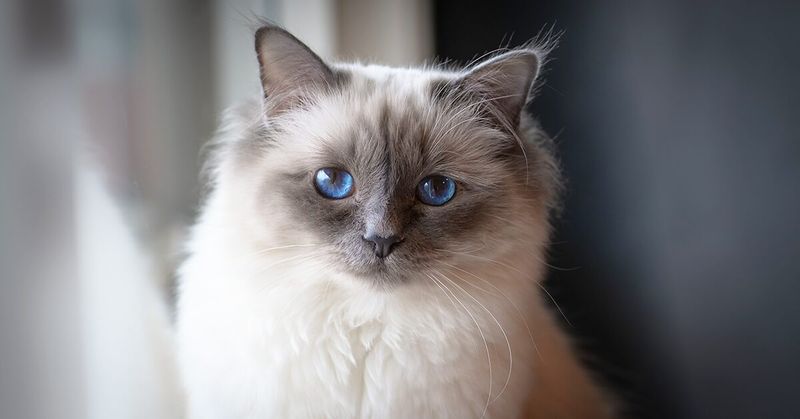
Americans had to wait until 1959 to meet these magnificent cats! Dr. Fernand Mery imported the first breeding pair to the United States, where they quickly charmed their way into cat lovers’ hearts.
The Cat Fanciers’ Association didn’t officially recognize Birmans until 1967 – quite the delayed welcome!
8. Crossed With Persians For Survival
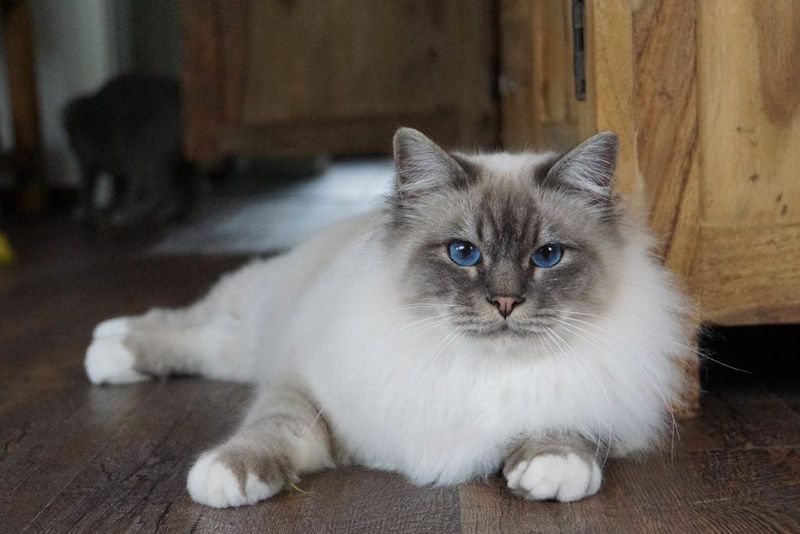
Desperate times called for creative solutions! After WWII nearly wiped them out, breeders carefully outcrossed Birmans with long-haired breeds like Persians to rebuild numbers.
This genetic rescue mission succeeded brilliantly, though it took years of selective breeding to restore the Birman’s distinctive traits.
9. Color Explosion In The 1960s
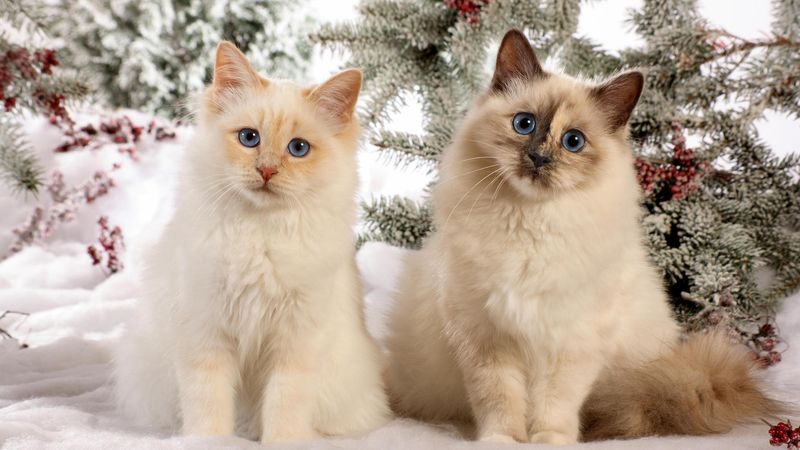
For decades, Birmans came in just two colors: seal and blue point. The swinging sixties brought an explosion of new hues when chocolate and lilac points joined the palette.
Today’s rainbow includes red, cream, tortie and tabby point varieties – quite the fashion evolution for these sacred cats!
10. The Sacred Cat of Burma Book
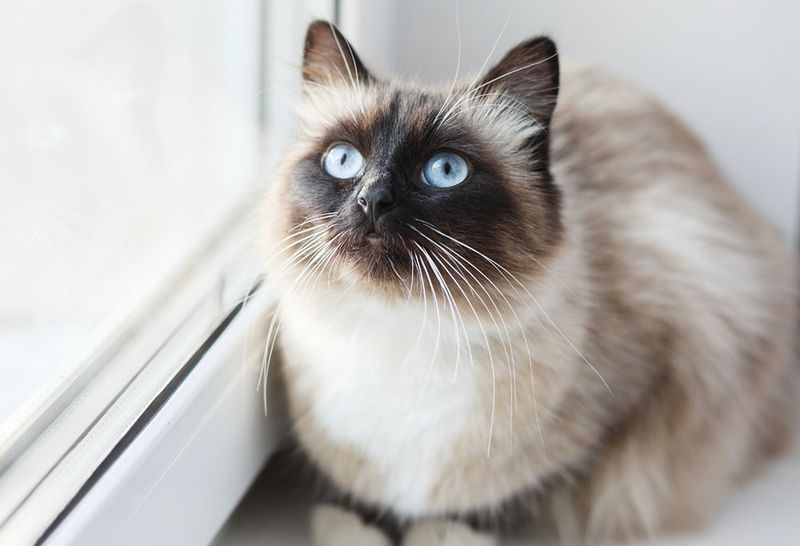
Vivienne Schwarz’s groundbreaking 1976 book “The Sacred Cat of Burma” finally documented the breed’s mysterious history. This rare volume became the bible for Birman enthusiasts worldwide.
Schwarz spent years interviewing original breeders and collecting photographs, preserving stories that might otherwise have vanished.
11. DNA Confirms Asian Origins
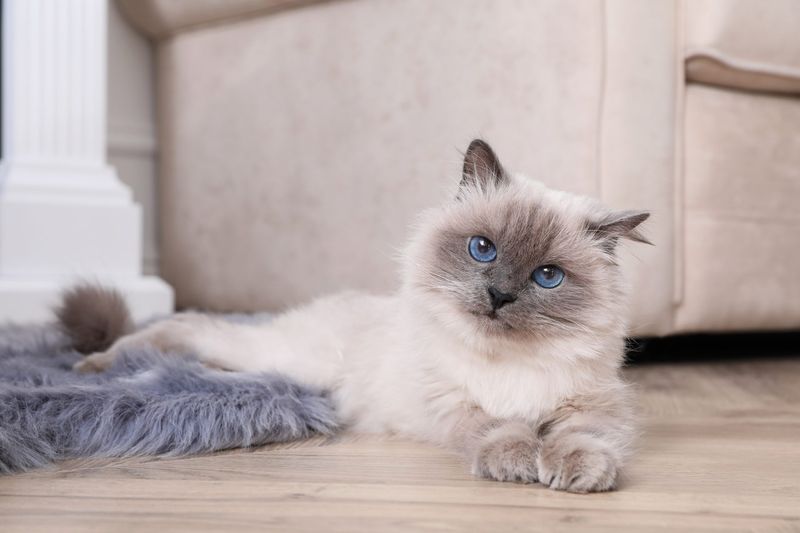
Science backs up the legends! Modern genetic testing confirms Birmans truly originated in Southeast Asia, sharing DNA markers with other Asian breeds.
Researchers at UC Davis found unique genetic signatures that set Birmans apart from similar-looking breeds like Siamese and Ragdolls, proving their ancient and distinct heritage.
12. Worldwide Conservation Efforts Continue
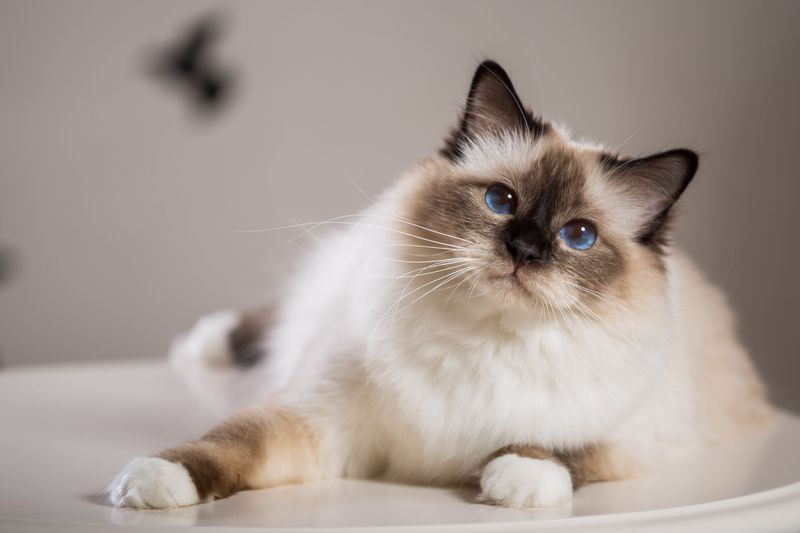
The Birman’s brush with extinction isn’t forgotten! International breeding programs carefully monitor genetic diversity to keep these cats healthy.
The International Birman Cat Club maintains extensive pedigree databases and coordinates between breeders globally, ensuring this living treasure never again faces such a close call.





